Sustainable travel takes a small amount of effort, upfront cost, and a few sacrifices. It takes a mindset shift, beginning with a few simple ideas and items, and building from there. Remember, every little bit counts — if we all pitch in just a little, we can collectively make the world a better place. Here are 20 practical and useful items to include in your sustainable travel kit, plus 15 essential sustainable travel tips.
🍃Pin It For Your Friends Who Are Dedicated to Sustainable Travel.🍃
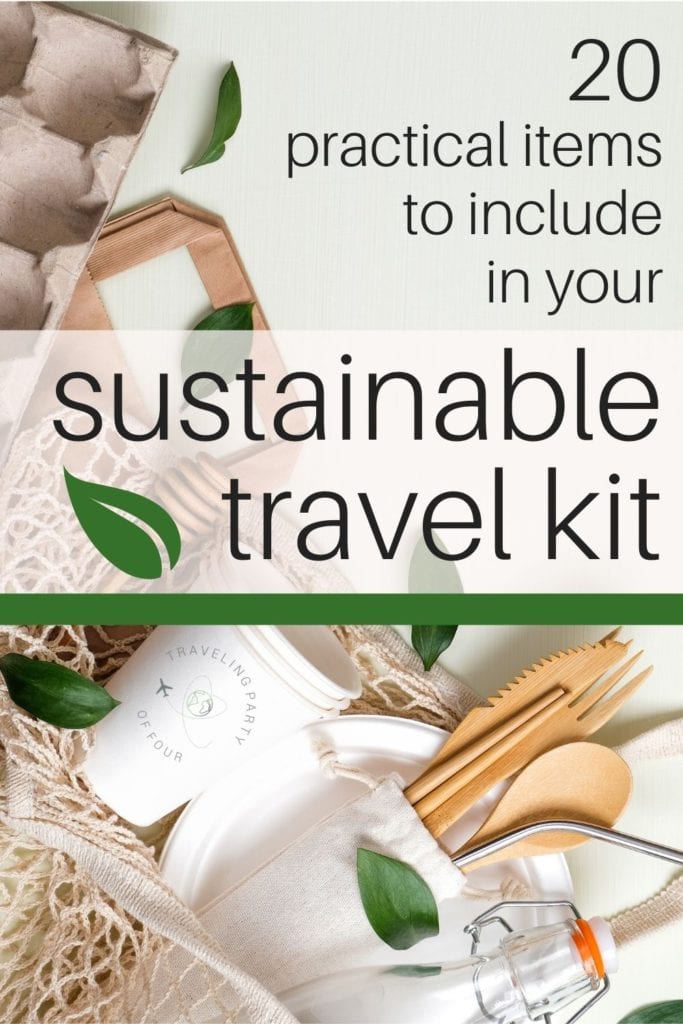
Affiliate Disclosure: There are affiliate links throughout this post. This means if you click on a link and purchase a product through that link, then I will receive a small commission for the referral. And that is kinda cool.
What is sustainable travel?
The World Tourism Organization defines sustainable travel as “tourism that takes full account of its current and future economic, social, and environmental impacts, addressing the needs of visitors, the industry, the environment, and host communities”
A traveler practicing sustainability commits to actions that lower their carbon footprint while at the same time improving the quality of life of the communities visited.
Why Should We Care?
Sustainable travel protects the future of tourism, so we can continue to experience the world’s natural wonders and learn from different cultures. Sustainable travel reduces the negative impact we potentially have as tourists and improves the locals’ quality of life and the planet as a whole.
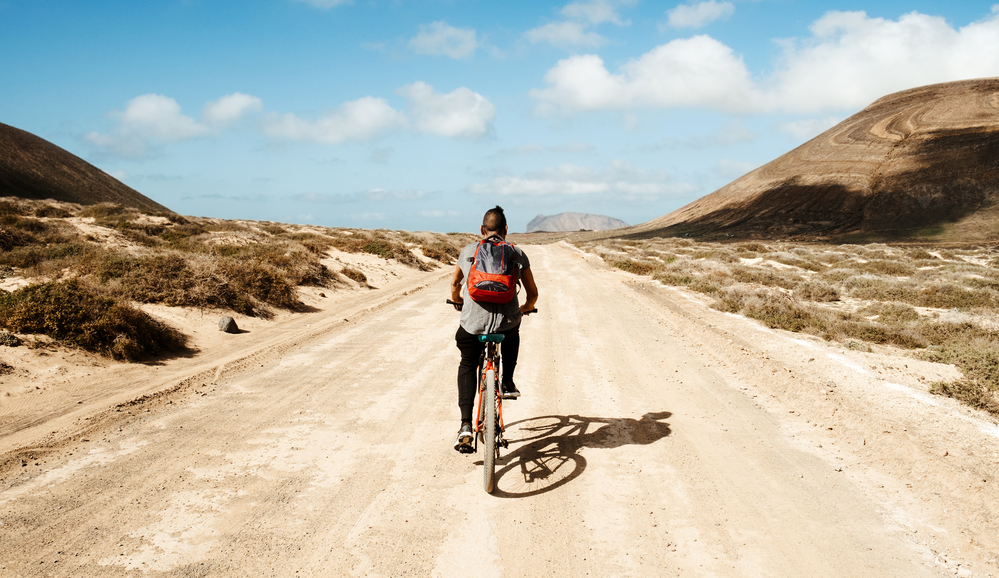
15 Essential Sustainable Travel Tips
I want to begin with 15 beginner tips to guide you into a sustainable traveler’s mindset. These tips should start at home and stay with you wherever you go.
1) Avoid cities suffering from overtourism — too many visitors in one destination resulting in damage to the environment and quality of life for the local residents. Many cities worldwide suffer from overtourism, including Barcelona, Venice, Rome, Machu Pichu, Amsterdam, and Reykjavik.
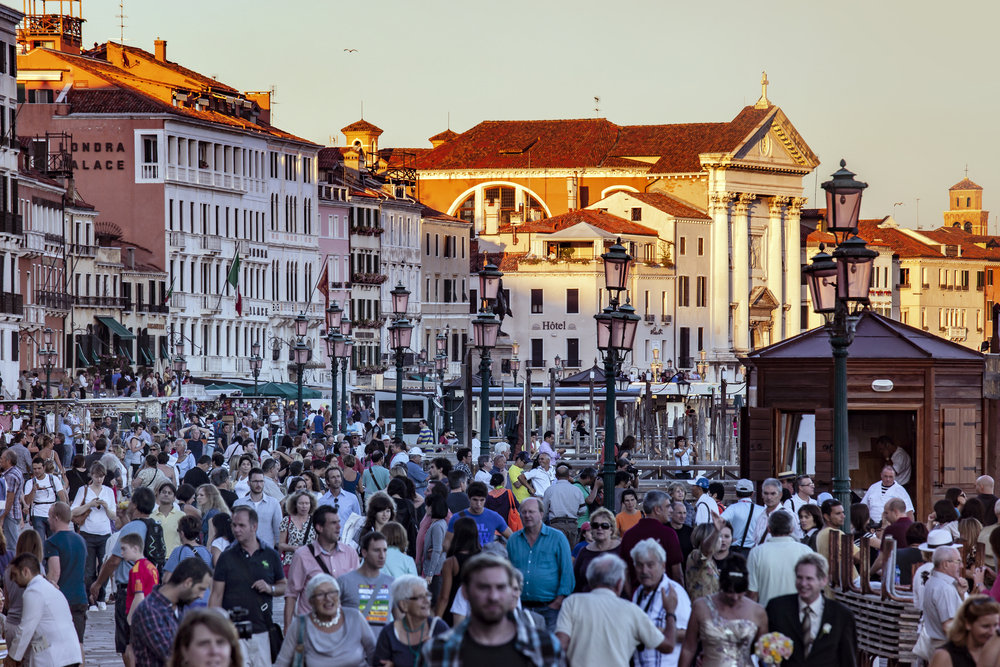
2) Avoid air travel, if possible. Traveling by land is more efficient, economical, and causes significantly less of a carbon footprint. Road trips are so in these days. If you have to fly to get there, once you reach your destination, use local transport, walk, or rent a bike.
3) Involve the entire family in your sustainable travel efforts. Purchase this reusable kit for your family; they make great gifts for friends, too.
4) Use what you already have, even if it’s a little worn. You don’t have to buy a bunch of new clothes and new backpacks to travel. If you decide to purchase something new, make it something new to you and buy second-hand.
5) When travel planning, do your research. Research for hotels, resorts, and Airbnbs that are making a conscious effort towards sustainability. Consider couch surfing or home swaps. Find the locally owned markets, restaurants, and breweries.
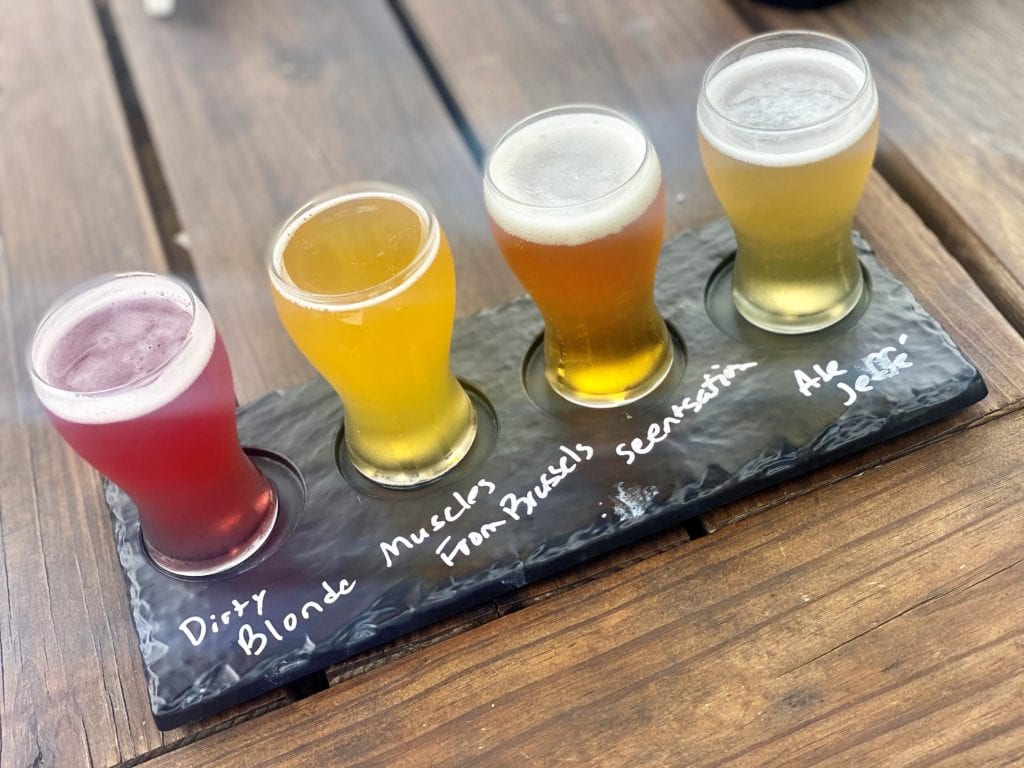
6) Consider booking a room with a kitchenette so you can cook your meals. Stock up at the local farmer’s market or co-op and cook your meals. I am the first to tell you that experiencing the local cuisine prepared by a local chef is one of the best ways to immerse yourself in a culture. But, this doesn’t have to be everyday breakfast, lunch, and dinner. Plus, make it a point to eat at restaurants consciously making efforts to remain environmentally friendly.
7) When you arrive at your destination, walk or ride a bike as much as possible — it’s the best way to immerse yourself into a new city anyways. Plus, you get to burn a few calories.
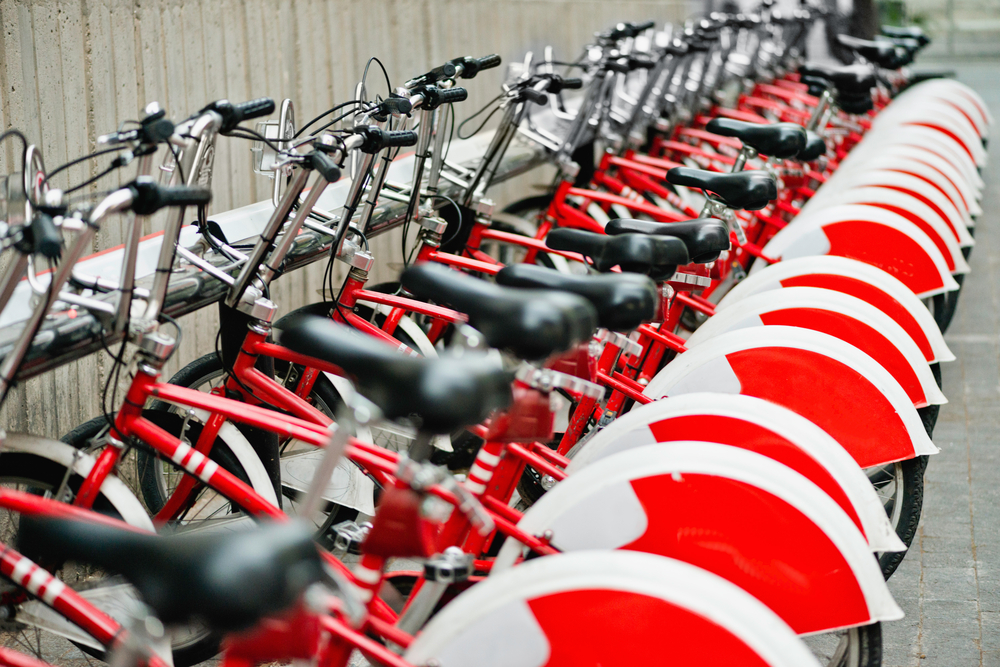
8) Pack in and pack out. NEVER leave a trace.
9) Use less water by taking a shower instead of a bath.
10) And after your shower, hang your towel to dry and reuse.
11) Add the “Do Not Disturb” sign to your hotel room door; you don’t really need your room cleaned and new towels every day.
12) Pack light; I know it’s tough and it takes practice. But, the less you have to lug around, the better. You will be less likely to give in to a taxi ride, and you will be able to move about more freely. It is doable, and I promise, much easier to manage while on the road.

13) Go paperless, flights, hotel reservations, and tour confirmation numbers — all paperless.
14) When purchasing souvenirs, put your money into the local economy by buying from the local artisans — bracelets, necklaces, ornaments, art, and photography.
15) Replace all single-use items with reusable items. There are so many replacement options. Here are just a few.
- Stainless steel straw.
- Stainless steel silverware.
- Cloth napkins.
- Water bottle.
- Reusable coffee mug.
- Canvas shopping bags.
- Mesh produce bags.
- Stainless steel containers.

20 Practical and Useful Items to Include in Your Sustainable Travel Kit.
1) Pack this reusable silverware set from Earth Aloha for all your traveling party members. It includes a spoon, knife, fork, chopsticks, two straws, and a straw cleaning brush.
2) Bamboo straws are reusable and biodegradable.
4) Reusable Grocery Bags — these are from Earth Aloha and double as day bags or beach bags.
5) Mesh Produce Bags. — Use these bags to stock up on local produce to prepare for yourself instead of eating out. It saves money, and it’s healthier.
6) Stainless steel containers for packable snacks or leftovers from dinner.
7) Reusable Water Bottle. These collapsible water bottles take up minimal space. But I love the hydro flask, too — it will last forever.
8) Reusable Mug for Coffee or Tea. I enjoy coffee in a mug, but you could try these collapsible cups that take up minimal space in your luggage.
9) Kindle E-reader or Audible (Audiobooks membership) — I love to hold onto an old-fashioned book, but books take up space, so try an e-reader instead. If you finish one book while traveling, upload a new one instead of packing two books (since you already know you’ll complete the first one).
10) Use This Bar Soap.
11) And This Bar Shampoo — I have tried a few, and these are the family favorites.
12) Reusable Razor.
13) Bamboo toothbrush, another necessary product that is entirely biodegradable.
14) Pack Laundry Detergent Pods — launder your clothes so you can pack less. These are made with plant-based sustainable ingredients in my favorite spa-inspired scent combination, lavender, and eucalyptus.
15) And the Scrubba Wash Bag for washing machine results in minutes.
16) Sunbum Reef Safe Sunscreen.
17) Bug Repellent DEET free made with a blend of essential oils, including cedarwood and citronella.
18) Toothpaste Tablets — I have tried them, not a fan if I am truthful. But, don’t take my word for it.
19) Zero-Waste Face Washing and Makeup Removal Pads.
20) Menstrual Cup — I haven’t tried this either. A menstrual cup is a reusable and environmentally friendly alternative to pads and tampons to catch your menstrual flow — this is Amazon’s Choice if you want to check it out.
What are the airlines doing to support sustainable travel?
The best way to be a sustainable traveler and reduce your carbon footprint on the environment is to fly less. But this is not always feasible.
Airlines are making an effort to support sustainable travel.
Jetblue Airlines has pledged to support air travel sustainability by reducing the number of natural resources utilized for their daily operations. The fleet of Airbus 320s has improved fuel economy by 15%. Jetblue is transitioning the ground service equipment from diesel and gas to an electric power source. Also, Jetblue is one of the only airlines that sort and recycle bottles and cans on all domestic flights.
Have you heard of Carbon offsetting?
Carbon offsetting is a program where flyers can offset their carbon footprint from flying with airlines that partner with an environmental agency committed to carbon reduction projects. These airlines allow travelers to calculate the amount of CO2 produced by their flight and offset this amount by donating to an organization dedicated to improving the environment.
Here are a few examples.
United Airlines has the Carbon Choice Carbon Offset Program, which calculates a company’s quarterly air travel’s carbon footprint and donates the amount to a carbon reduction project.
“Our Eco-Skies carbon offset sponsorship program provides our corporate customers the ability to fly carbon neutral while maintaining visibility into the emissions associated with their business travel with us. This program provides customized emissions reports and gives customers several options as to how they’d like to offset these emissions.”
United Airlines
Delta Airlines committed to carbon neutrality from March 2020 forward by building fuel-efficient fleets, using more sustainable fuels, reducing single-use plastics, recycling, and carbon offsetting.
“Connecting the world and protecting our environment for future generations cannot be mutually exclusive. Travelers should not have to choose between seeing the world and saving the world. We must continue to take immediate actions today and can’t wait for future solutions to become a reality. While there are many paths to carbon neutrality, Delta chose to make an impact today and invest in a future where aviation itself becomes cleaner for the world around us.”
Ed Bastian, CEO of Delta Air Lines
Bonus: 5 More Meaningful Tips to Encourage Sustainable Travel.
#1 ~ Slow it down. Don’t overpack your itinerary. Spend time sitting outside a cafe sipping coffee or tea and people watching. Find a local park and go for a stroll. Sit on the back patio and breathe.
#2 ~ Learn about the local culture by talking to the locals. Learn a few essential words in the local language. Or take a class. For example, take a cooking class and learn how to create a local dish. Or take a pottery class and build something to take home with you; you will not only have a unique souvenir to show off to your friends, but what a memory.
These types of experiences are much more meaningful than getting pushed through crowds of tourists or waiting in line for that perfect image for the gram.
#3 ~ Hiking trails are marked for a reason; stay on the path to avoid damaging nature. Always pack in and pack out.
#4 ~ Always be kind. Be mindful of how you are acting and the impact your behavior has on the local citizens.
#5 ~ Avoid animal tourism as it is usually unethical. If it doesn’t seem right, then it probably isn’t. For example, if you are taking selfies with a tiger or bottle-feeding a tiger cub, these animals are likely sedated. Elephant rides cause terrible suffering to the animal. And I don’t want to think about what it took to have an elephant become so submissive. And riding a horse through central park, do you think that majestic animal is happy pulling a carriage full of people around a hot, noisy city full of traffic?
If you want to participate in animal tourism, do your research and make sure the company is responsible and ethical.
Instantly Download Your Sustainable Travel Kit Packing List Here.
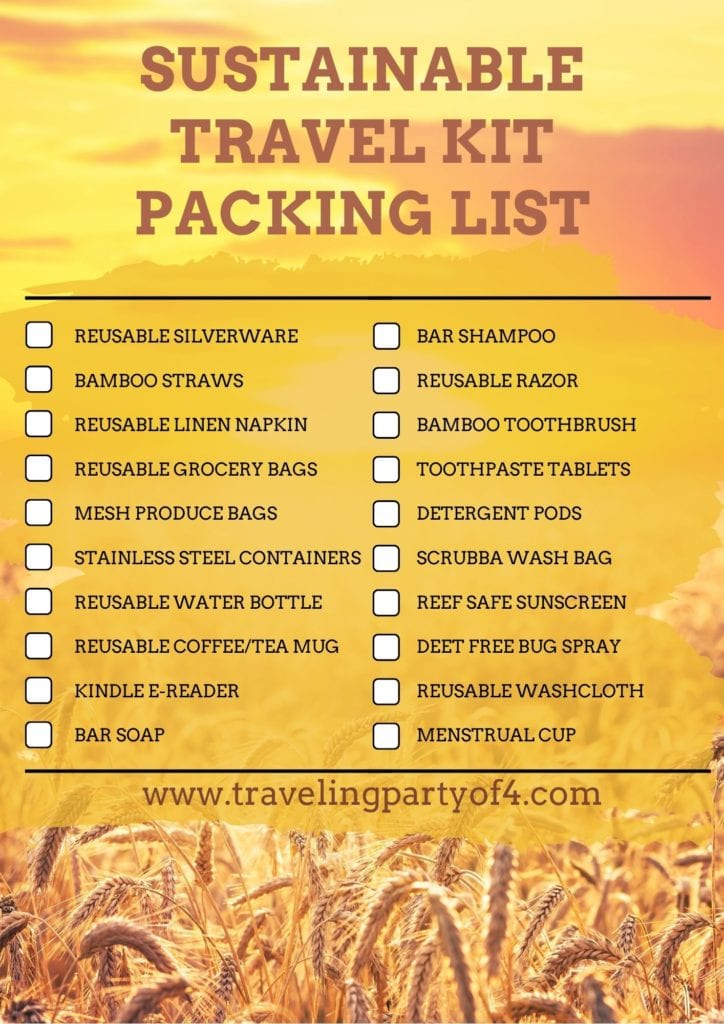
What do you plan on doing to commit to sustainable travel?
What are your travel plans for the spring and the summer? Wherever you roam, stay safe.












I love eco friendly and sustainable products! I always bring my bamboo cutleries with me and my 1L tumbler. Thanks for sharing. I like all the items 🙂
Me, too. I almost have every family member happily on board.
What a thorough list and lots of great tips for travelling more sustainably. I’ll definitely keep this in mind when we can travel next.
Yes, one day soon, I hope.
What a great guide to traveling responsibly! I always feel guilty when I realize what we have done. 🙂
Me, too. I keep trying to make a conscious effort to do better, starting at home.
What a great list of eco friendly & sustainable products! Thank you so much for sharing & reminding us to take care of the world we love to travel! Definitely save this list for my travels 🙂
Thank you so much.